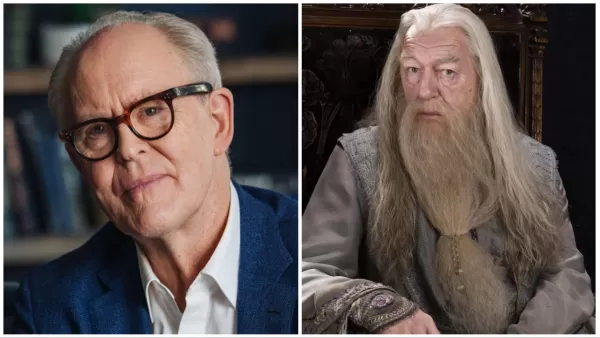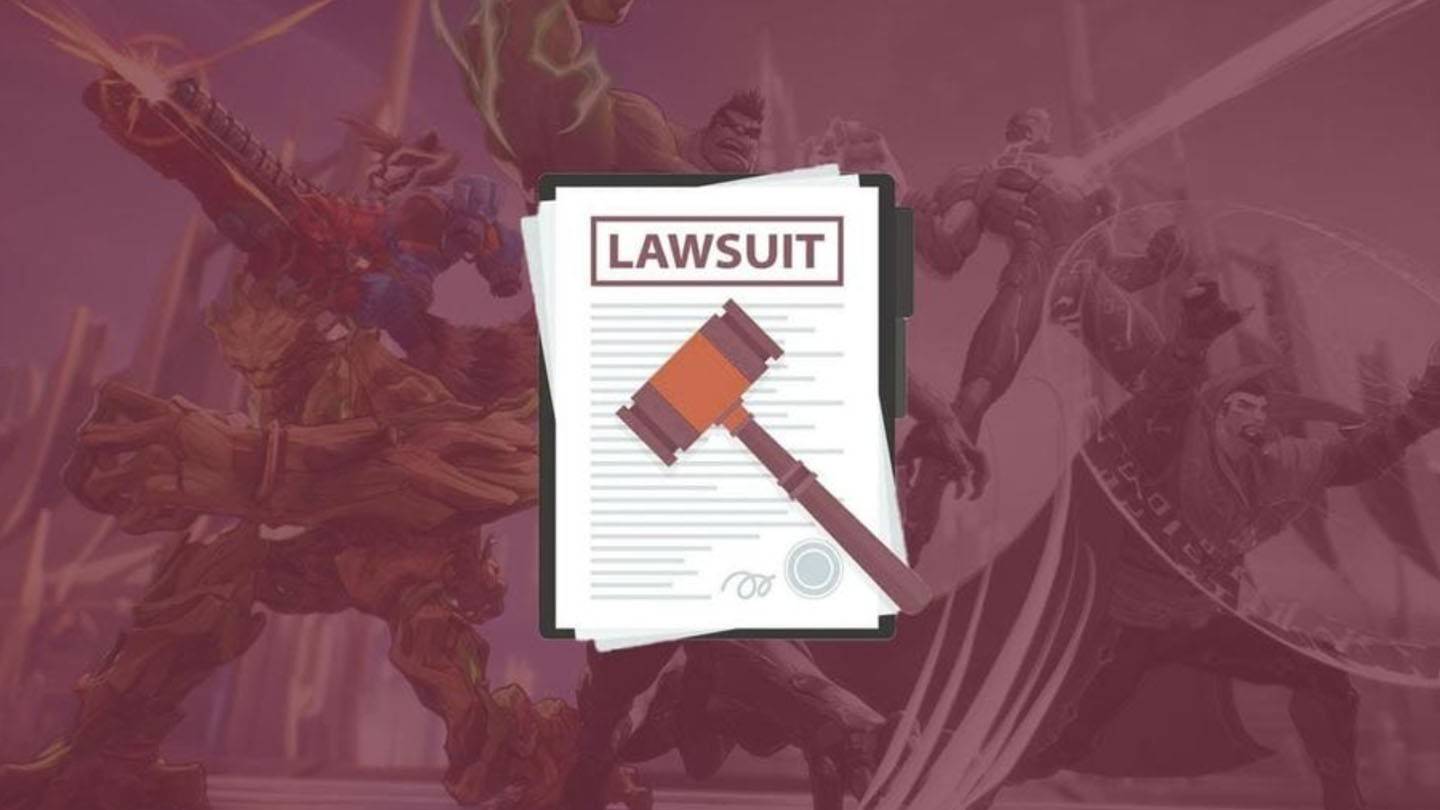Civ 7 Redefines What it Means to Be a Leader

Civilization's leaders are as iconic as the civilizations themselves. Firaxis' approach to selecting national representatives has evolved significantly over the years. This article explores Civilization VII's leader roster and how it redefines leadership within the series.
← Return to Sid Meier's Civilization VII main article
Civ VII: A New Era of Leadership
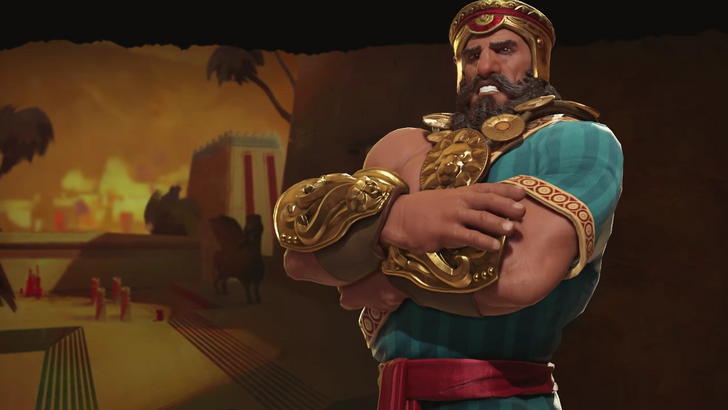
Civ leaders have been a core element since the first game, defining each civilization's identity. While their role remains crucial, their representation has diversified across installments. Each iteration has refined the concept of leadership and its impact on gameplay.
This exploration examines Civilization's evolving leader rosters, highlighting changes across each game and how Civilization VII presents a unique approach.
Early Civ: A Focus on Global Powers
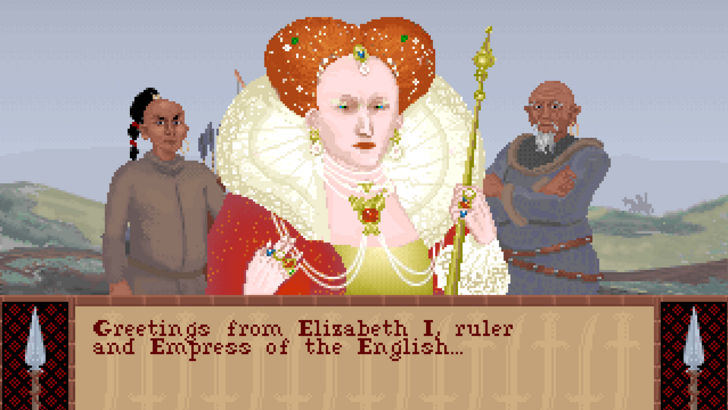
The original Civilization featured a relatively small roster, primarily representing major global powers and historical figures from the early 1990s and antiquity. With limited design scope and technology, the 15 civilizations included familiar names like America, Rome, Greece, and China. Leadership was straightforward – historical heads of state dominated. The selection prioritized widely recognized figures.
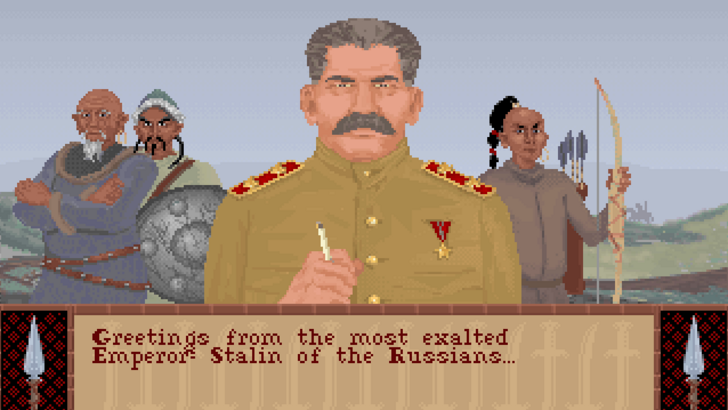
This resulted in leaders like Abraham Lincoln, Tokugawa Ieyasu, and Julius Caesar, alongside more controversial choices such as Mao Zedong and Joseph Stalin. Elizabeth I was the sole female leader. While understandable for its time, this approach paved the way for future innovations.
Civ II-V: Expanding the Definition of Leadership
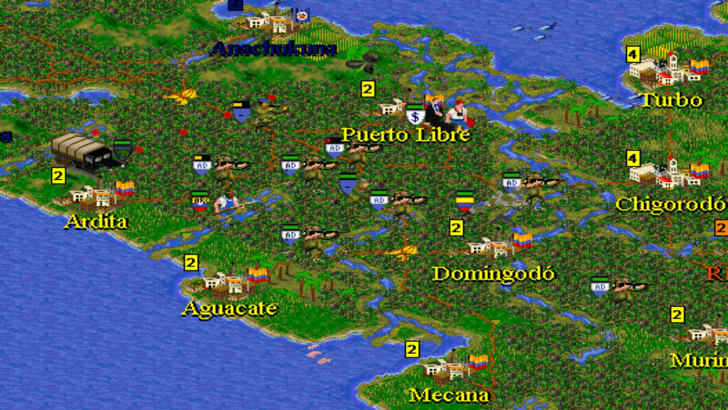
Civilization II expanded the roster and included lesser-known powers. It also introduced a separate female leader roster, providing both male and female options for each civilization. The definition of "leader" broadened, encompassing influential figures beyond heads of state, such as Sacagawea for the Sioux and Amaterasu for Japan.
Civ III integrated more female leaders into the main roster, replacing some historically prominent male figures. Civ IV and V significantly expanded both the roster size and the definition of leadership, including revolutionaries, generals, and reformers. The focus shifted from solely powerful figures to a broader representation of humanity.
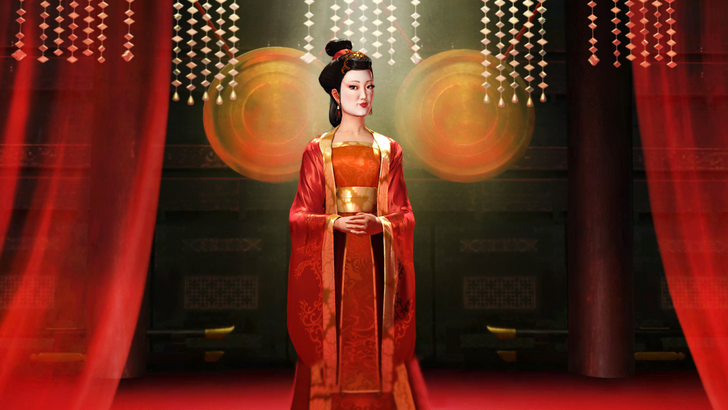
The narrative expanded to encompass a wider range of historical figures, moving beyond the strictly powerful and famous to include individuals from various backgrounds and cultures.
Civ VI: Characterization and Diversity Take Center Stage
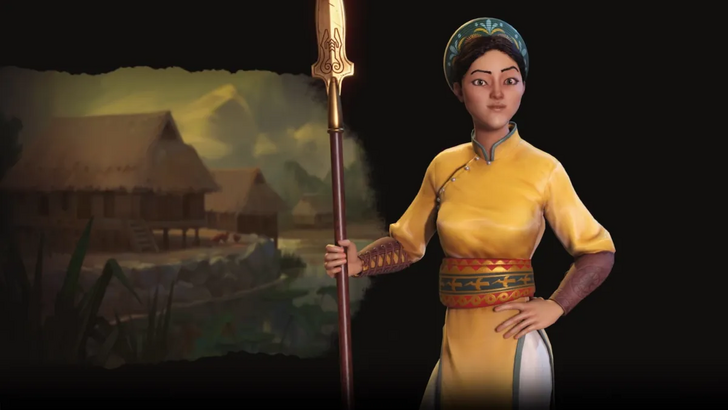
Civilization VI emphasized characterization, diversity, and creativity, presenting leaders as stylized animated figures. Leader Personas were introduced, offering alternative versions of the same leader with distinct playstyles. Lesser-known figures from less prominent civilizations joined the roster, such as Lautaro of the Mapuche and Bà Triệu of Vietnam.

Leaders were no longer defined solely by their entire legacies but by specific periods of their lives. This concept, exemplified by Eleanor of Aquitaine and Kublai Khan, laid the groundwork for Civ VII's innovative approach. Multiple leader options for single civilizations further enhanced diversity.
Civ VII: Fresh Perspectives and Unconventional Leaders
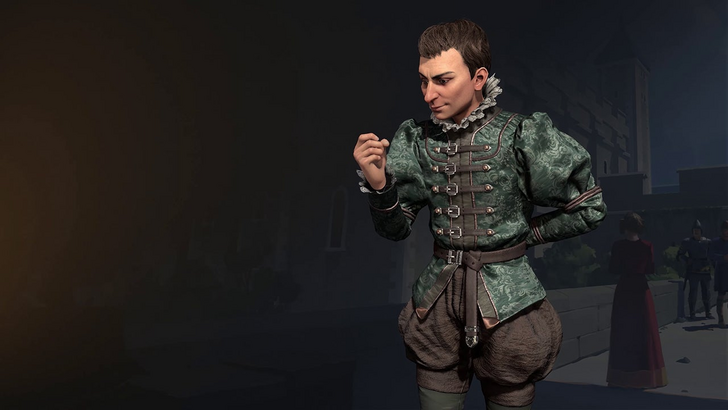
Civilization VII showcases the most diverse and creative roster yet, featuring unconventional leaders, multiple personas, and carefully curated choices for various playstyles. The mix-and-match approach to civilizations and leaders allows lesser-known figures to take the spotlight. Harriet Tubman, the American abolitionist, is a prime example.

Other notable additions include Niccolò Machiavelli and José Rizal, reflecting a broader interpretation of leadership. The series has evolved from focusing on major historical figures to encompassing a diverse tapestry of influential individuals, representing a richer narrative of humanity.
← Return to Sid Meier's Civilization VII main article
Sid Meier's Civilization VII Similar Games

-
HBO's Harry Potter TV series has reached a major casting milestone with the first six roles officially announced. While fans eagerly await reveals for Harry, Ron, Hermione, and Voldemort, we now know who will portray Albus Dumbledore, Minerva McGonagAuthor : Gabriel Dec 22,2025
-
The meteoric rise of Marvel Rivals, NetEase's multiplayer game, has been met with both praise and legal trouble. Although the game rapidly attracted millions of players, its success has been shadowed by serious legal issues for the developer.In JanuaAuthor : Violet Dec 22,2025
- Spring Valley Farm Game: January 2025 Redeem Codes
- WWE Superstars Join Call of Duty Warzone: Mobile Roster
- Midnight Girl is a minimalist point-and-click adventure set in Paris in the 60s, now open for pre-orders on mobile
- Mobile Legends: Bang Bang – Best Lukas Build
- "Grand Outlaws Unleashes Chaos and Crime on Android Soft Launch"
- Video Game Song Surpasses 100 Million Streams on Spotify

